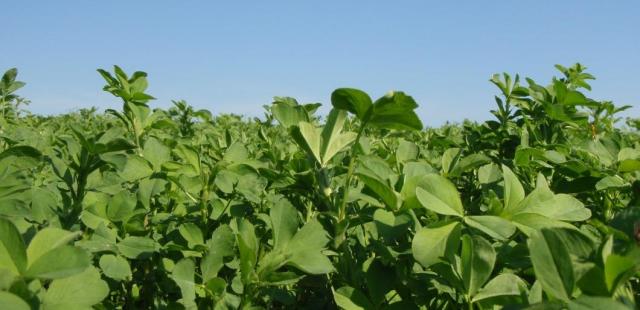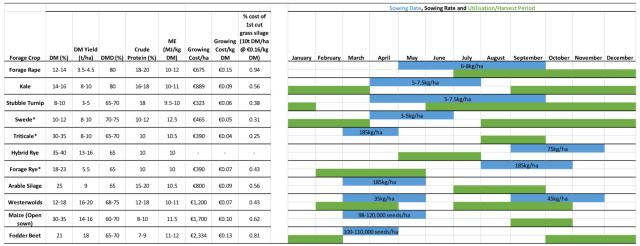Forage Crops
The ideal winter break crop
Forage Crops are an ideal winter break-crop that allows the utilisation of land that may otherwise be left idle. Whether between grass sowings, cereal to grass or maize crops, sowing a forage crop provides a range of benefits including weed, pest and disease control, soil improvement, nutrient input and most importantly a boost to your forage stocks.
DLF offer a full range of forage crops from high yielding harvest crops like Fodder Beet, Maize and Arable Silage to grazed forage brassicas like Forage Rape and Kale. The DLF Forage Crop Selector below outlines the key traits of different forage crops and their sowing/harvest dates to allow you choose the best option for your farm system.


Annual Silage Crops
Below are some short-term grass options. These crops establish fast and produce a lot of forage in a short space of time. They can provide a big boost to winter forage stocks.
Arable Silage
Arable Silage is a popular option for farmers looking to increase their winter forage stocks with a home-produced crop that provides both protein and energy in the diet. This is a cost-effective forage solution that produces high yields of quality feed just 10-12 weeks from sowing. DLF’s Arable silage mixture is made with 60% Barley and 40% Peas.
Westerwold Ryegrass
Westerwolds is the highest yielding ryegrass species producing a massive silage crop just 12 weeks from sowing. It has strong winter growth so is commonly sown between maize crops where it can be zero-grazed, grazed or baled before the next maize sowing. Westerwolds will produce seed in its first year so care must be taken to avoid unwanted seedheads.
Forage Rye
Forage Rye is another winter hardy option for late sowing into October and even November. It can be grazed in early spring or allowed bulk up for an early silage crop before sowing maize or grass in April or May.
Learn More About Forage Crops
Want to know more? Reach out to your local DLF representative today or leave us a message using our chat widget!